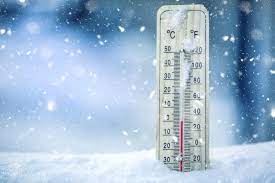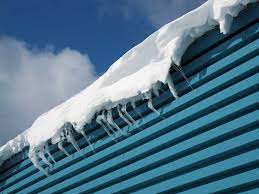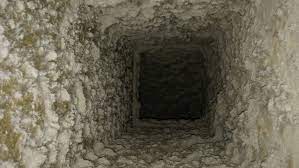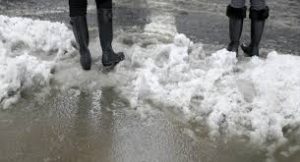 March 2023
March 2023
As with people, buildings struggle more in winter as temperature drops and moisture increases. Extreme temperature changes, which have become more common with climate change, cause more problems for condominium buildings than winter cold or summer heat.
A few changes can make high-rise homes more resilient, safer and comfortable.
External – The Façade
 The “skin” of a building is intended to keep our home comfortable and dry. Even the best facades may have localized weaknesses that require assistance.
The “skin” of a building is intended to keep our home comfortable and dry. Even the best facades may have localized weaknesses that require assistance.
Clearing drains, gutters and catch basins reduce the risk of flooding both during winter and in the spring when the weather gets warmer. Back-flow preventers on sanitation lines help prevent flooding.
Window upgrades incorporating thermal technology make the home more comfortable while reducing energy costs.
Internal – HVAC Systems
 More people spend more time at home during winter. Duct cleaning and better filters deliver cleaner air with fewer allergens and viruses. Ensuring the HVAC system is properly balanced provides more consistent air temperature throughout a building while reducing bad odours, lessening any condensation issues, and subsequent water and mould damage.
More people spend more time at home during winter. Duct cleaning and better filters deliver cleaner air with fewer allergens and viruses. Ensuring the HVAC system is properly balanced provides more consistent air temperature throughout a building while reducing bad odours, lessening any condensation issues, and subsequent water and mould damage.
The Front Door
 This is the busiest area of a building.
This is the busiest area of a building.
A single entrance door with floormats allows considerable heat loss while creating a wet mess that gets tracked into the building. Moisture and salt can damage floors, carpets, upholstery and walls.
New weatherstripping and caulking reduces heat loss. Better winter floormats absorb more moisture and removes salt from foot coverings. Less time needs to be spent mopping up a wet lobby. Salt damage is lessened.
 A second set of doors increases energy efficiency and reduces heat loss.
A second set of doors increases energy efficiency and reduces heat loss.






